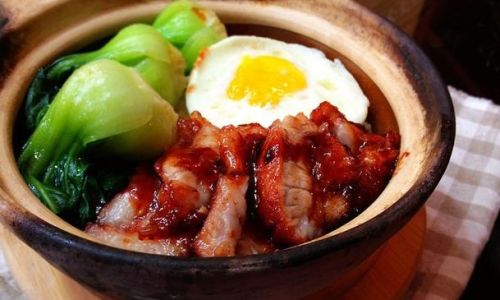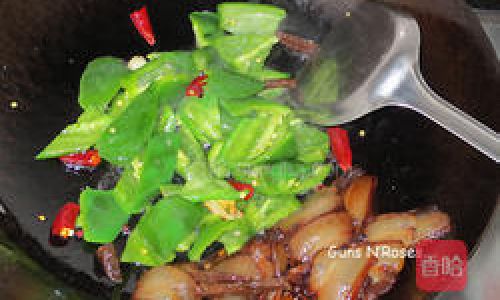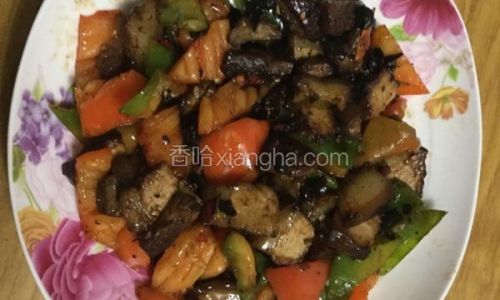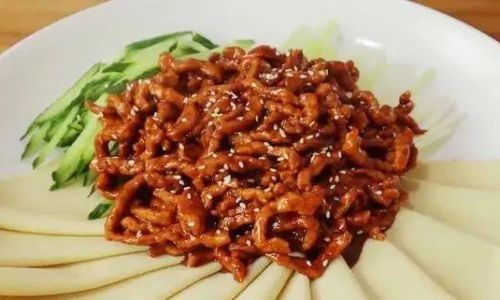Table of content
Crispy carp hotpot, a beloved dish in Chinese cuisine, combines tender, flaky fish with a rich, aromatic broth and an array of fresh vegetables. This culinary masterpiece is celebrated for its harmonious blend of textures and flavors, making it a staple at family gatherings and festive occasions. Crafting the perfect crispy carp hotpot requires attention to detail, from selecting the freshest ingredients to mastering the cooking technique. This guide will walk you through every step, ensuring your hotpot is a triumph of taste and presentation.

Understanding the Essence of Crispy Carp Hotpot
Crispy carp hotpot, or cui wan yu huo guo in Mandarin, derives its name from the unique texture of the fish. The carp used in this dish is typically a grass carp variety raised in clear, flowing waters, which contributes to its firm, slightly sweet flesh. The “crispy” descriptor refers to the fish’s ability to retain a delicate crispness even after simmering in broth, a result of careful preparation and cooking.
The dish’s appeal lies in its versatility. The broth can be tailored to suit various palates—spicy, mild, or numbingly aromatic—while the toppings and dipping sauces allow for endless customization. Whether you prefer a clear, herbal broth or a bold, chili-infused base, the foundation remains the same: quality ingredients and meticulous cooking.
Selecting the Right Ingredients
The Star Ingredient: Crispy Carp
- Freshness is Key: Opt for a live carp if possible, as freshness directly impacts texture and flavor. If unavailable, choose a whole fish with bright eyes, firm flesh, and a mild, sea-breeze scent.
- Preparation: Scale, gut, and rinse the fish thoroughly. Remove the gills and any remaining internal organs to eliminate bitterness. For optimal crispness, ask your fishmonger to fillet the carp into thin, even slices, leaving the skin intact.
The Broth Base
The broth is the soul of the hotpot. A classic version combines:

- Chicken or Pork Bones: For a rich, collagen-rich base. Simmer for 4–6 hours to extract maximum flavor.
- Aromatics: Fresh ginger (sliced), garlic (smashed), green onions (white parts only), and dried chili peppers (adjust to taste).
- Spices: Star anise, Sichuan peppercorns, and bay leaves add depth without overpowering.
- Soy Sauce and Rice Wine: For umami and acidity.
For a vegetarian twist, substitute with vegetable stock and mushrooms like shiitake or enoki.
Vegetables and Add-Ins
- Leafy Greens: Napa cabbage, bok choy, or spinach.
- Cruciferous Vegetables: Broccoli, cauliflower, or Chinese broccoli (gai lan).
- Root Vegetables: Daikon radish, carrots, or potatoes (add early as they take longer to cook).
- Fungi: Enoki mushrooms, wood ear mushrooms, or straw mushrooms.
- Tofu: Firm tofu or silken tofu for contrasting textures.
Dipping Sauces and Toppings
Elevate the dish with:
- Sesame Sauce: Blend sesame paste with soy sauce, vinegar, and garlic.
- Chili Oil: Homemade with Sichuan peppercorns and crushed red pepper.
- Fresh Herbs: Cilantro, basil, or mint.
- Aromatics: Minced garlic, sliced scallions, and pickled chili.
Preparation: The Foundation of Flavor
Marinating the Fish
- Ingredients: Soy sauce, Shaoxing rice wine, cornstarch, white pepper, and a pinch of salt.
- Method: Toss the fish slices in the marinade for 15–20 minutes. The cornstarch creates a protective coating, sealing in moisture and enhancing crispness.
Preparing the Broth
- Simmer the Bones: Roast chicken or pork bones until golden, then simmer in 8–10 cups of water with ginger, garlic, and green onions. Skim off impurities for a clear broth.
- Infuse Aromatics: Add star anise, Sichuan peppercorns, and bay leaves during the last 30 minutes of simmering.
- Season: Adjust with soy sauce, rice wine, and a touch of sugar to balance acidity.
Prepping Vegetables and Add-Ins
- Wash and Chop: Cut vegetables into bite-sized pieces for easy cooking and eating.
- Soak Mushrooms: Rehydrate dried mushrooms in warm water for 20 minutes; reserve the soaking liquid for added flavor.
Cooking Process: Step-by-Step Brilliance
Assembling the Hotpot
- Use a Split Pot: Opt for a traditional Chinese hotpot with a divider to accommodate varying spice levels.
- Layer Ingredients: Place heartier vegetables (daikon, carrots) at the bottom, followed by leafy greens and mushrooms. Arrange the fish slices on top to prevent overcooking.
Simmering the Broth
- Bring to a Gentle Boil: Pour the seasoned broth into the pot and heat until small bubbles rise. Avoid a rolling boil, as this can toughen the fish.
- Add Fish Last: Introduce the marinated fish slices during the final 5 minutes of cooking. The residual heat will gently cook them, preserving their texture.
Mastering the Timing
- Fish: 3–4 minutes in simmering broth. Overcooking results in a mushy texture.
- Vegetables: Leafy greens cook in 1–2 minutes; root vegetables require 8–10 minutes.
- Tofu: Add during the last 3 minutes to absorb flavors without breaking apart.
Expert Tips for Perfect Results
- Control the Heat: Maintain a low simmer to prevent the broth from becoming cloudy and the fish from disintegrating.
- Serve in Batches: Place cooked ingredients in a separate bowl to avoid overcrowding the pot.
- Customize the Broth: For a spicy kick, add doubanjiang (fermented chili bean paste) or fresh chili slices. For a milder version, omit Sichuan peppercorns.
- Dipping Sauces: Offer a variety to cater to different preferences. A classic mix includes soy sauce, vinegar, garlic, and chili oil.
- Pair with Beverages: Serve with light beers, green tea, or chrysanthemum tea to cleanse the palate between bites.
Serving and Presentation
- Communal Dining: Hotpot is inherently social. Arrange ingredients on a platter with labels for easy identification.
- Garnish Creatively: Sprinkle toasted sesame seeds, chopped peanuts, or fried garlic over the finished dish for crunch.
- Side Dishes: Pair with steamed jasmine rice, fried dough sticks (youtiao), or pickled vegetables to balance richness.
Troubleshooting Common Issues
- Fish Is Tough: Overcooking is the culprit. Remove slices as soon as they turn opaque.
- Broth Is Bitter: Ensure thorough rinsing of the fish and avoid simmering with gills or internal organs.
- Lack of Depth: Roast bones before simmering to enhance umami, or add a splash of fish sauce.
Cultural Significance and Variations
Crispy carp hotpot holds cultural significance in regions like Guangdong and Sichuan, where it symbolizes prosperity and togetherness. Variations abound:

- Sichuan Style: Incorporates mala (numbing spice) with Sichuan peppercorns and dried chilies.
- Cantonese Style: Emphasizes clarity, using chicken broth and minimal spices.
- Modern Twists: Some chefs add cheese, truffle oil, or even chocolate for avant-garde flavor profiles.
Conclusion: A Feast for the Senses
Crafting the perfect crispy carp hotpot is an art that balances tradition with creativity. By prioritizing fresh ingredients, precise timing, and thoughtful seasoning, you can recreate this cherished dish in your own kitchen. Whether shared with loved ones or savored solo, the interplay of textures—crispy fish, tender vegetables, and aromatic broth—will leave a lasting impression. So gather your ingredients, fire up the pot, and embark on a culinary journey that celebrates the heart of Chinese home cooking.
This comprehensive guide ensures your crispy carp hotpot is not just a meal, but a memorable experience. With practice, you’ll master the delicate dance of flavors and textures that make this dish a timeless favorite. Bon appétit!






0 comments